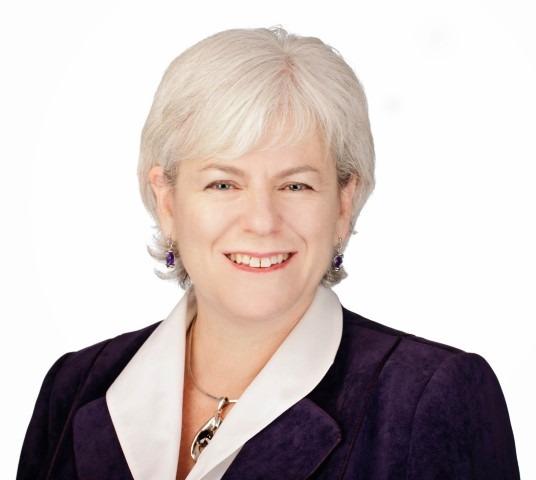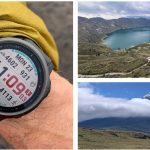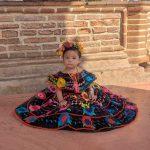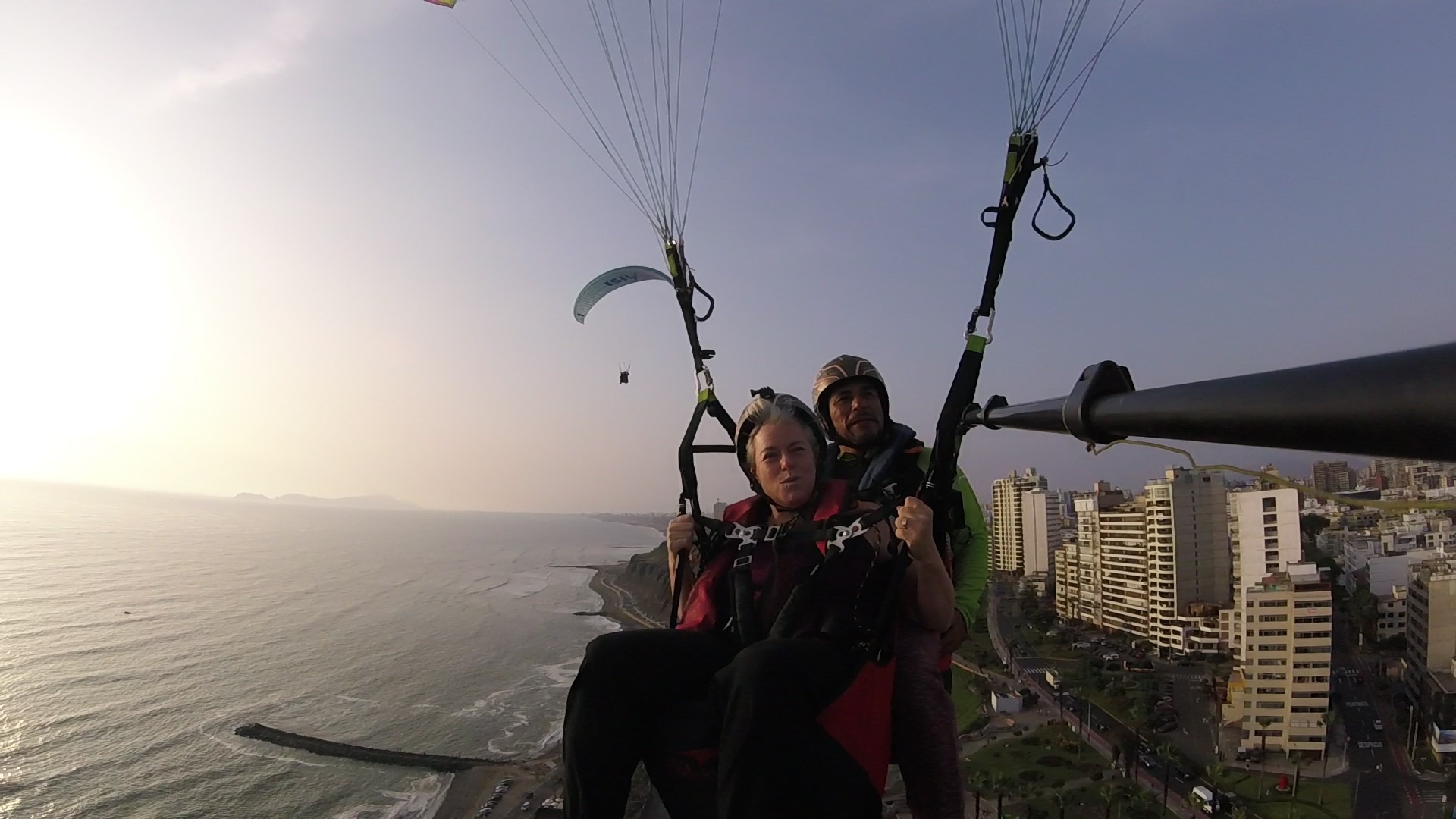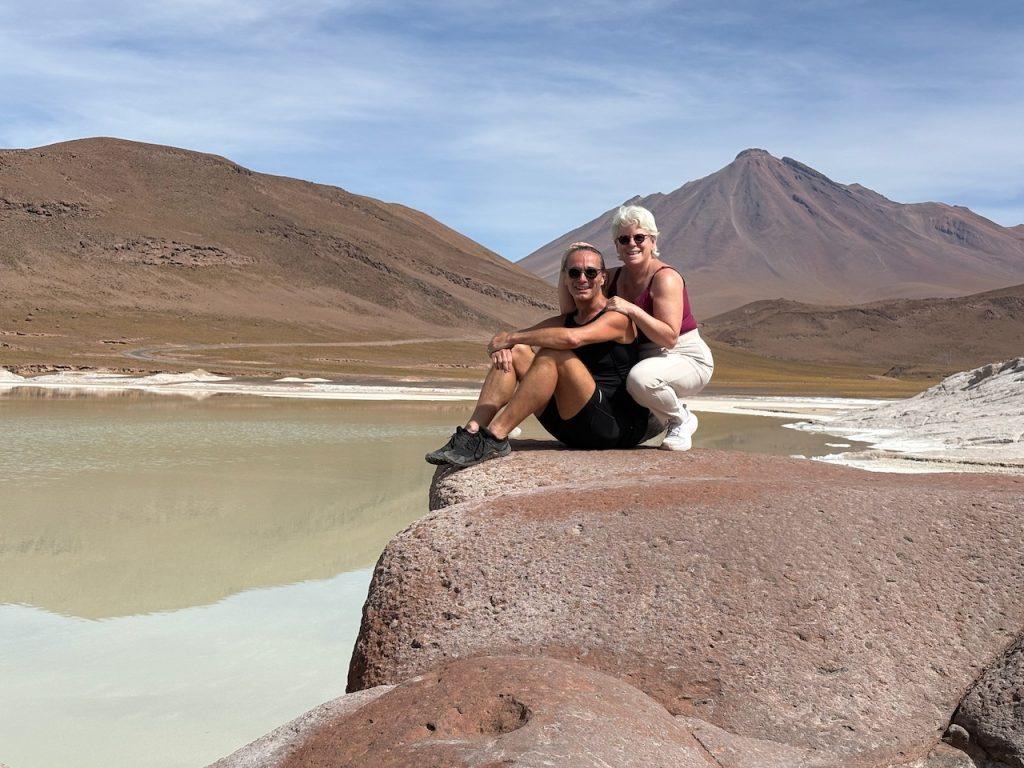
Our winter travels, through parts of Mexico, Chile, Argentina and Peru, are now ending. Although our home town of Edmonton, Alberta, had a blizzard a week ago, friends there tell me it went up to +19 degrees (C) yesterday! Time for this little snowbird to fly North. Here’s a quick recap of the past three months. This is part 1, mostly about Chile. I’ll do separate posts for Mendoza and Arequipa.
Cancun
We’ve travelled a lot in Mexico (see, for example, last year’s post on 3 Months in Mexico: Mazatlan, San Miguel de Allende, Oaxaca & Puerto Morelos, and the previous year’s Strawberries at Lunch: Mexico City Food & Drink Reviews. This year, however, we just used it as a jumping off place for South America. If you are looking for ways to fly to South America without going through the United States, Cancun is a great option. It has direct flights to Santiago, Chile, and to Lima, Peru. Luckily for us, we also have friends who winter there, so we were able to visit them for a couple of days on our way down.
Chile
We arrived in Chile mid-January, and spent about three weeks in the country. It’s a nice, safe place, and worth a visit if you are flying through Santiago. That said, it’s not a country I’d put high on a “must visit” list. Here are some of the highlights from places we visited. We opted not to go to Patagonia. We see enough snow and ice in Canada!
Santiago
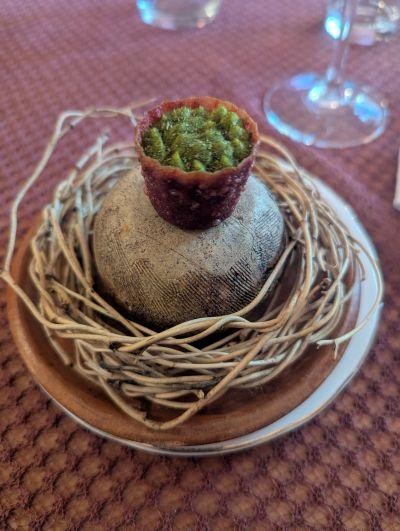
We started with a few days in Santiago. A pleasant but unremarkable city, it does have a few good restaurants, such as the tiny Pulperia Santa Elvira. (Make a reservation if you want to go: it is very small.)
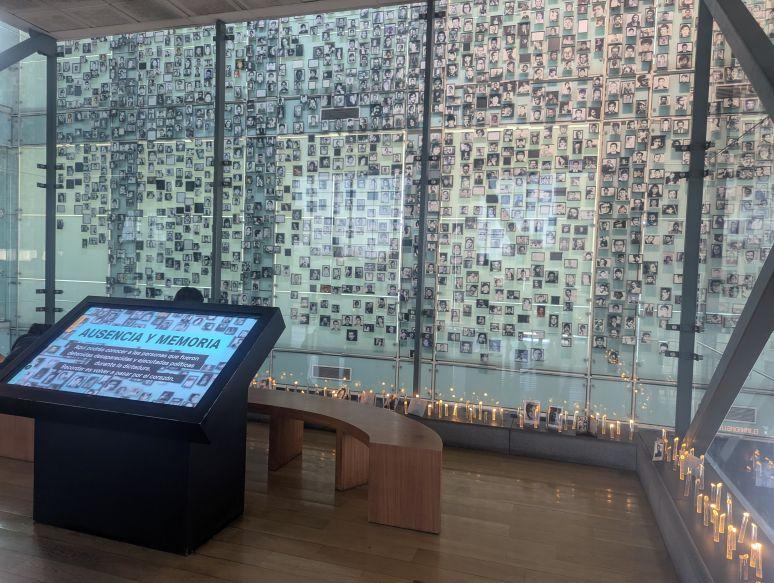
In terms of culture, a visit to the Museum of Memory and Human Rights is essential. It seems hard to imagine that as recently as 1990 Chile still lived under a dictatorship. This moving museum recalls the horrors of the torture and “disappearance” of tens of thousands of Chilean students, academics, artists, and everyday people who simply tried to protest the trampling of human rights when Salvadore Allende’s democratic, socialist government was overthrown in a US-backed coup in 1973. The horrific abuses by General Augusto Pinochet and his regime drove some 200,000 Chileans into exile, in addition to the estimates of some 30,000 tortured and/or murdered.
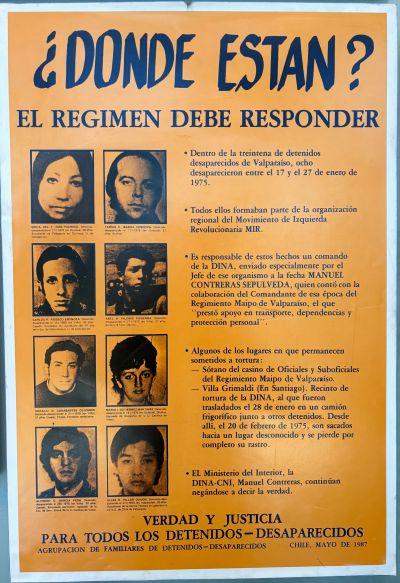
It is frightening to see the similarity of some of the early moves of the Trump administration to what happened in Chile: targeting journalists, students and academics, pulling people off the street and shoving them into unmarked cars, possibly never to be seen again. Now more than ever it is vital that people, especially Americans, learn to recognize the early signs of authoritarian takeovers. Museums like this one are a good place to start. (I’d also recommend reading books such as the ones I wrote about in the article Is Democracy in Danger?)
Another highlight in Santiago is a visit to La Chascona, the quirky, rebuilt home of poet Pablo Neruda. Dictators tend to feel threatened by creatives. (Hmm… Trump’s self-appointment as the head of the Kennedy Center also follows that playbook). Neruda quickly found himself a target of Pinochet. He was one of the first artists to be killed by the regime. They claimed he’d died of cancer, but the timing (right after the coup) was suspicious, especially given that they also trashed his house. His wife insisted on holding the memorial for him in the cold, mostly destroyed home. When Neruda’s body was eventually exhumed, it was found to be full of poison.
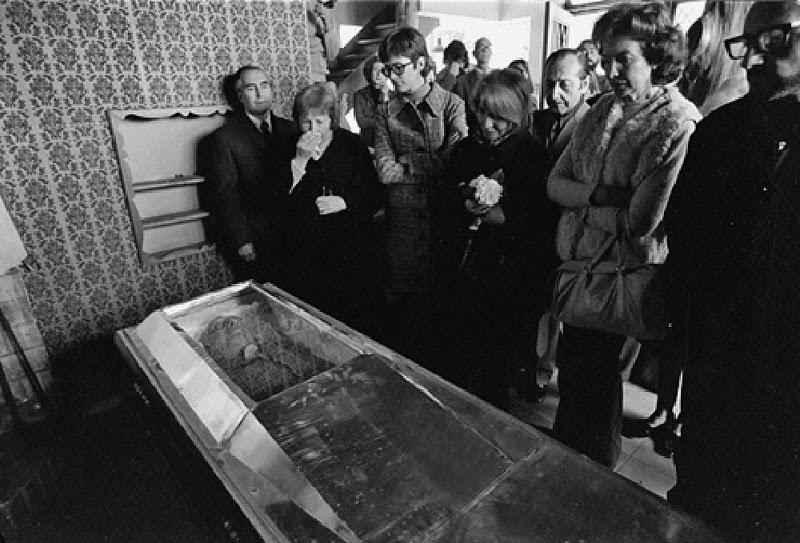
Colchagua Valley Wine District
DH already wrote a guest post about this part of our trip. See Dining & Cycling in Chile’s Colchagua Valley. I have a deeper appreciation for Chilean wines now. Here are a few of my favourites.
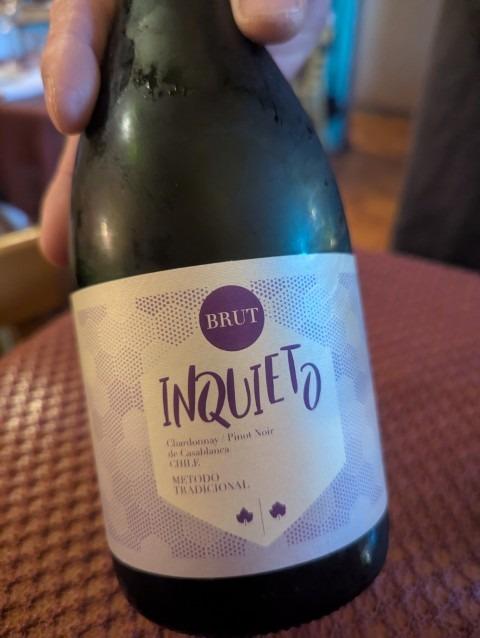
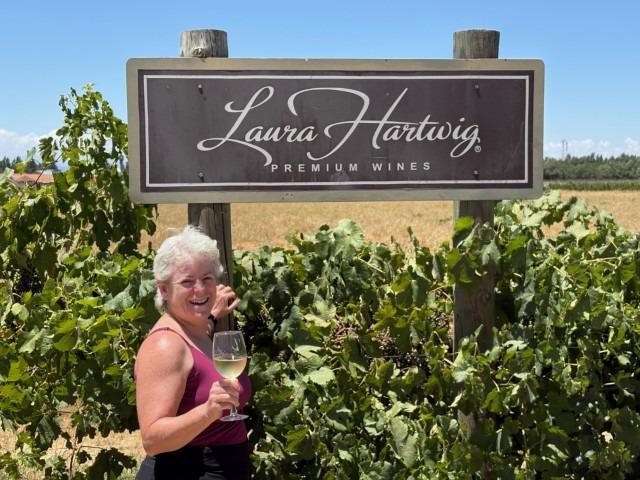
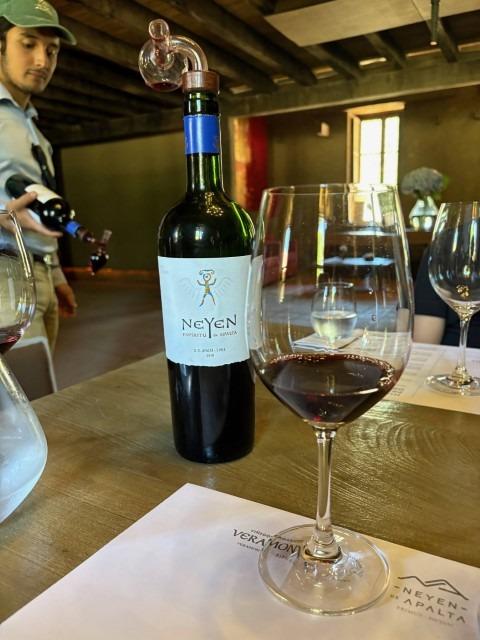
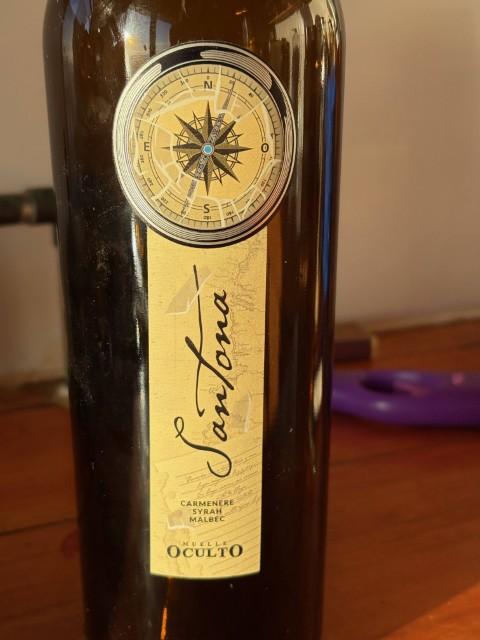
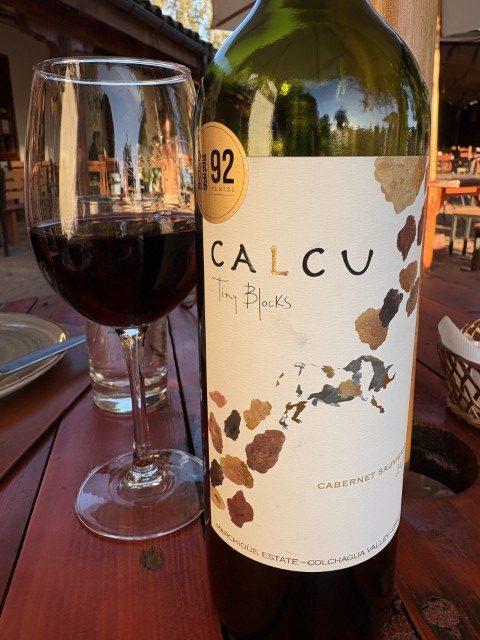
Matanzas – Beach Days in Chile
After our days of pedalling and drinking wine, we went rustic for a couple of days at the beach. The weather was cloudy and windy, so we didn’t even try to swim. There was a windsurfing competition wrapping up around the time we arrived in the village, so parking was a challenge. We grabbed a few groceries (desperately hoping we wouldn’t get a parking ticket) and headed up to our little casa on the hillside above the town. It shook frighteningly with each gust of wind. We thought the owner was being silly when she had her son drag a huge heater into the room, but we were grateful for it in the morning.

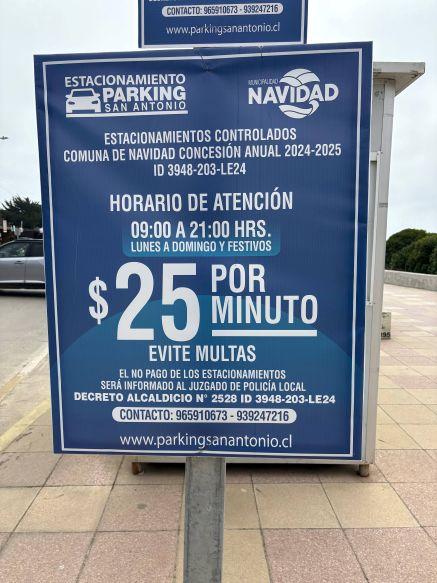
Valpariso, Chile
Next we headed to Valpariso, which was and still is an important port. Much of the city is considered a bit dangerous for foreigners, so we are mainly huddled into a charming district that overlooks the old port. Expect to do a lot of walking up and down narrow, hilly streets in the Cerro Concepción and Cerro Alegre area, though there are funiculars if you need some help. In many ways it reminded me of San Francisco.
The street art is amazing, and I highly recommend taking the street art tour offered by www.valpostreetart.com. The guides are members of the artists cooperative, and gave us much more insight into the murals than we would have had on our own. I was interested that even a massive mural that shows most of Chile’s history skips over the Pinochet era. When I asked why, I was told that it is still “too sensitive” to include or discuss. Interesting.
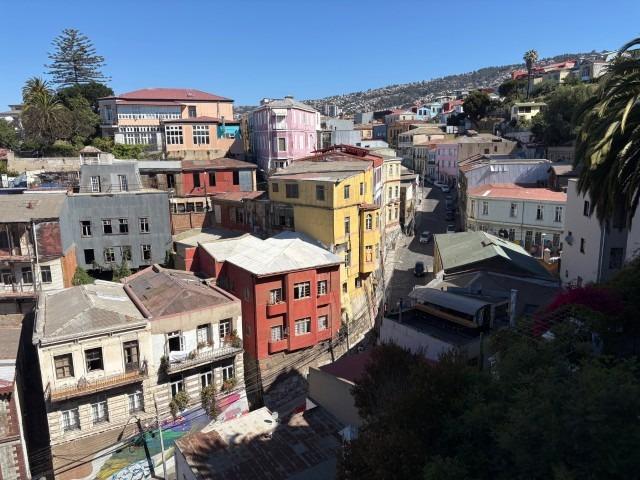
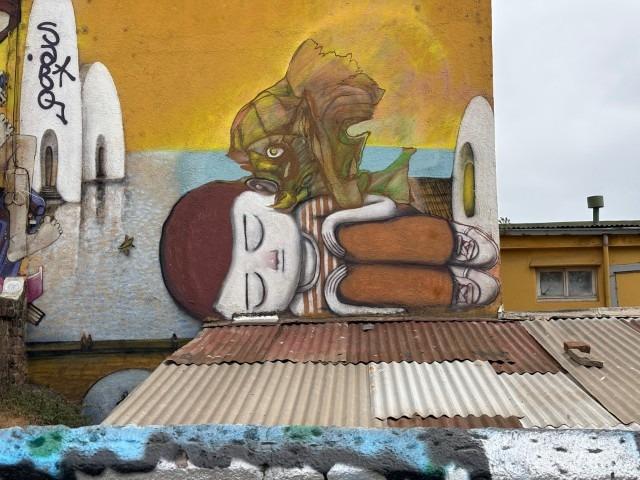
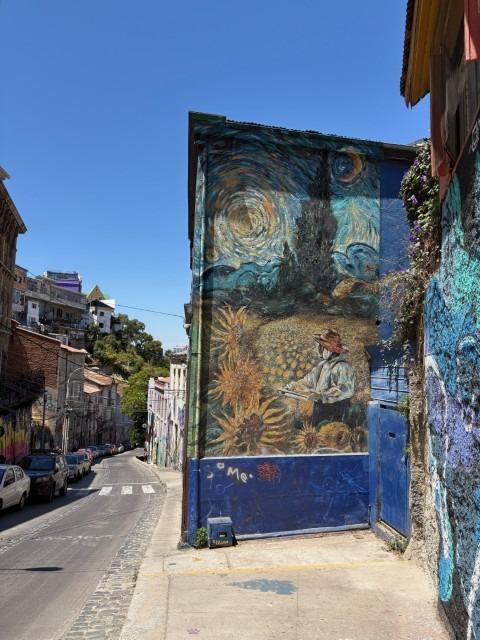
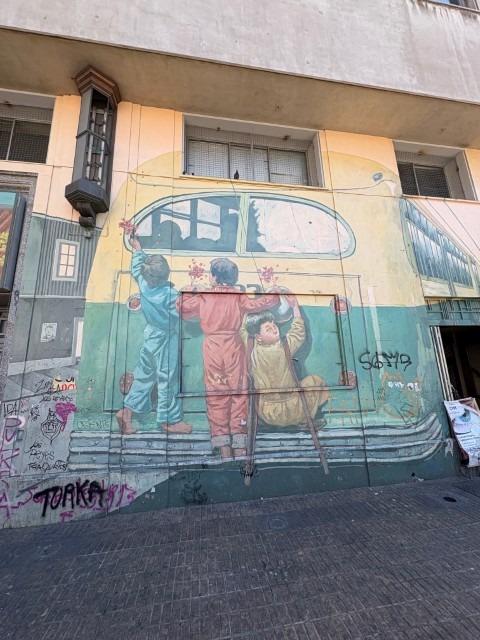
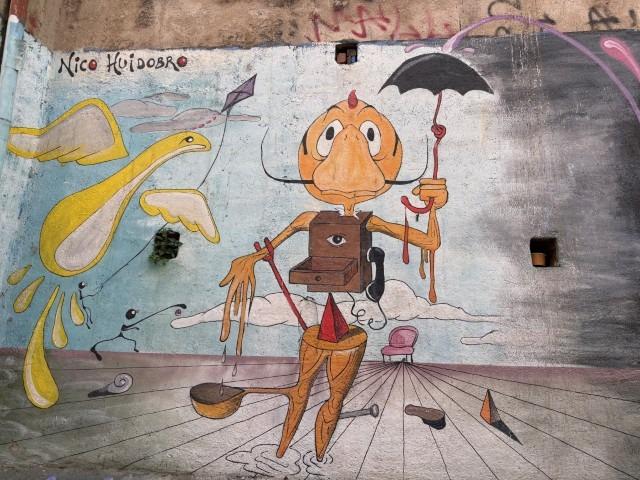
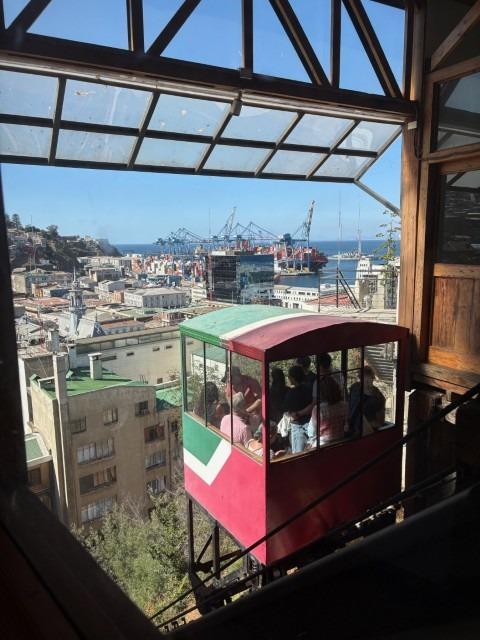
We stayed at the Casa Somerscales, which I highly recommend. It was so comfortable that one of our days there we just relaxed at the hotel.
Atacama Desert, Chile
After returning our rental car in Santiago, we flew up to the Atacama Desert, then took the long bus ride to San Pedro de Atacama. This area is famous for its dark sky preserve. Unfortunately, it isn’t being preserved as well as it should be. With the boom in tourism, there is now light pollution from San Pedro, even after they’ve driven you out into the countryside in the middle of the night to see the stars.
It seems that the tour operators are trying to take a middle ground and, at least for people like us, the tour was not worthwhile. We’ve seen more impressive star-filled skies in Canada’s Rocky Mountains or little Greek villages than we saw there. The telescope showed nothing more than could be seen with the naked eye, and the “expert” was not an astronomer. He was more interested in flirting with the Brazilian partiers in the group than educating us. (Although it was cool to learn that what we think of as the constellation Orion has long been known in these parts as an open poncho. Orion’s belt is the opening for the head. Also, Orion looks upside down from here, if you are used to seeing it in the Northern hemisphere.) I think they’d be better off running two types of tours: a cheaper one where they just take you out and you lie in the sand looking up at the stars and hearing stories, and a premium one with high-quality telescopes and academic lecturers.


The following day we did a lovely tour of the desert, and got our first glimpse of guanacos (an animal we’d end up seeing a lot more of in Peru). On this tour, with Gato Andina, we had an excellent guide, Roberto, who gave us great information about the salt flats and other aspects of the geography and animals of the region.
